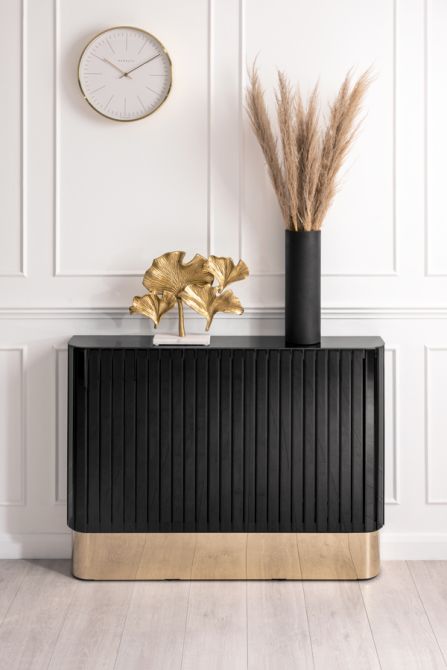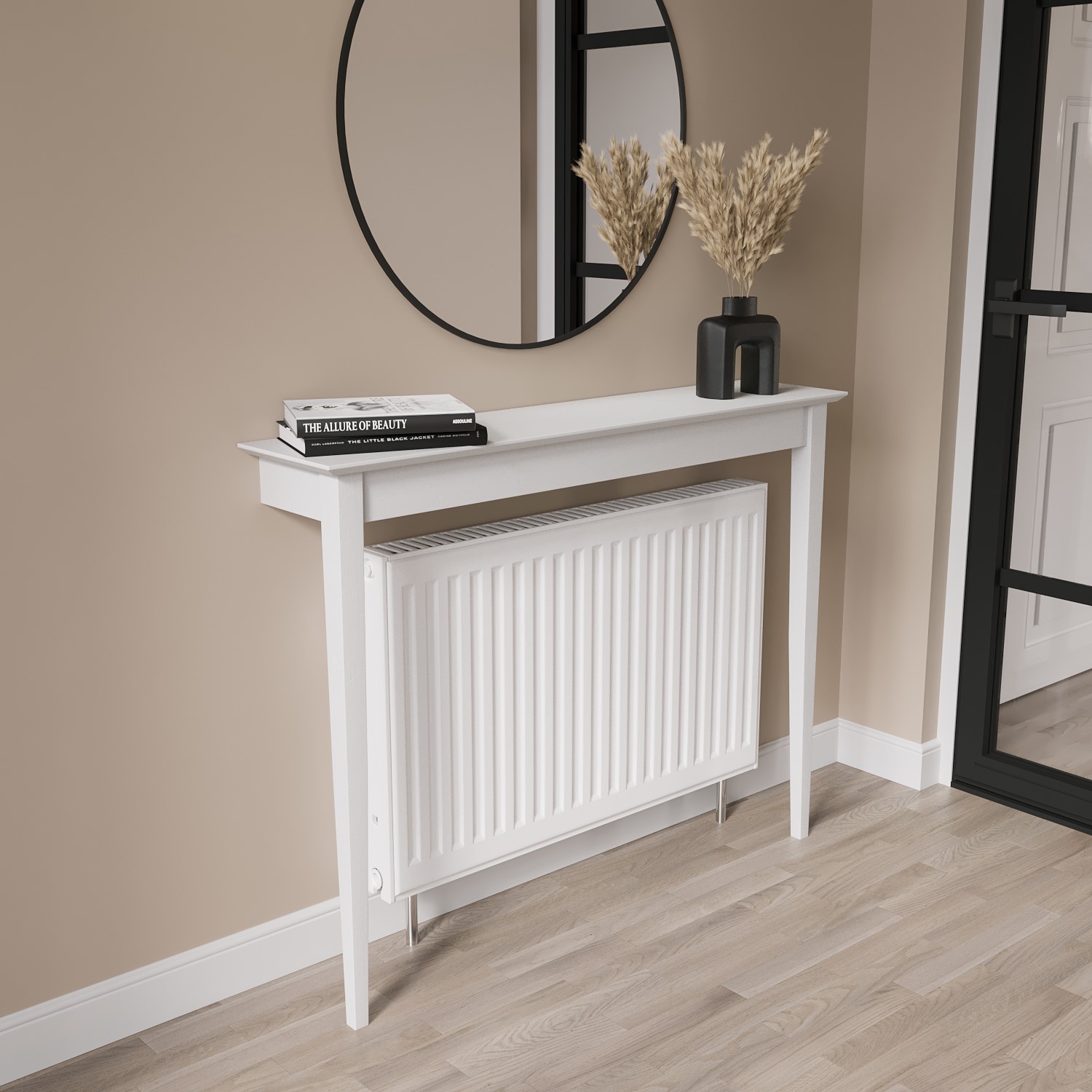DIY Tips for Installing a Radiator Cover easily
DIY Tips for Installing a Radiator Cover easily
Blog Article
Radiator Covers: Comprehending Products, Designs, and Advantages
Radiator covers offer both visual and functional objectives within a home, using a range of materials such as mdf, metal, and wood to suit various design choices. As styles evolveâEUR" from conventional to contemporaryâEUR" these covers not just improve the visual appeal of an area however additionally add to safety and security and power performance. Nevertheless, choosing the ideal radiator cover involves understanding the subtleties of products, designs, and their linked advantages. This exploration raises essential questions concerning how these components incorporate right into your living environment and what factors to consider ought to guide your choice procedure.
Types of Products


Wood covers, typically crafted from woods such as oak or maple, offer a timeless, warm appearance that matches standard interiors. Their durability and ability to be discolored or painted contribute to their convenience. Metal covers, typically made from steel or aluminum, are preferred for their effectiveness and modern-day look, frequently featuring sleek lines that boost modern areas.
MDF, a manufactured timber product, is prominent for its cost-effectiveness and simplicity of customization. It can be painted or ended up to match existing style while using a smooth surface area. Plastic covers, while less usual, are light-weight and resistant to moisture, making them ideal for damp environments.
Eventually, the option of product for a radiator cover need to straighten with the house owner's design choices, practical demands, and the specific setting where the cover will be installed. Each material uses a distinctive character, ensuring that there is an alternative to fit every taste and setting.
Popular Layout Styles
Stressing visual charm, preferred style styles for radiator covers reflect a variety of tastes and interior decoration trends. Traditional layouts usually feature intricate woodwork and elaborate outlining, making them suitable for vintage-inspired or classic insides. These covers commonly incorporate sculpted components, giving a cozy and inviting feeling to any type of area.
In contrast, contemporary styles concentrate on minimalist visual appeals, identified by clean lines and underrated beauty. Materials such as metal or smooth timber with a smooth coating are typically utilized, enabling these covers to blend flawlessly into modern spaces. Industrial styles, on the various other hand, embrace basic materials like exposed metal and concrete, including a bold declaration to loft space or urban settings.
For those seeking a special touch, bespoke designs use customization choices that deal with private choices, allowing home owners to pick colors, patterns, and products that match their decoration. In addition, farmhouse-style covers incorporate rustic components, including distressed wood and basic types that evoke a relaxing, country beauty.
Advantages of Radiator Covers
Radiator covers not only boost the aesthetic charm of a room but likewise supply numerous practical advantages that make them a rewarding addition to any kind of home. One of the key benefits is safety and security, particularly in homes with family pets or kids. Covers reduce the risk of burns from hot radiator surface areas, guaranteeing a more secure setting.
Furthermore, radiator covers can boost energy effectiveness. By directing warm right into the space as opposed to permitting it to get away, they assist preserve a consistent temperature, decreasing heating costs in time. This is particularly valuable in older homes More Help where radiator systems may be much less effective.
Another noteworthy advantage is sound reduction. Radiators can sometimes generate unwanted noises throughout procedure, and covers can assist smother these noises, adding to a much more serene home. In addition, radiator covers can be useful, supplying additional storage or screen room, thereby optimizing the energy of often-overlooked locations.
Lastly, they can secure radiators from dust and debris, which can hinder effectiveness and boost maintenance requirements. With these integrated advantages, radiator covers become a practical option for enhancing both the capability and style of any kind of home setting.
Installation Factors To Consider
Installing radiator covers needs careful factor to consider to make certain both functionality and safety (Radiator cover). Examine the measurements of your radiator and the surrounding area to guarantee a correct fit. Precise measurements are critical; an ill-fitting cover can obstruct warm circulation or develop safety and security risks
Next, evaluate the material of the cover. While timber uses visual allure, metal alternatives might offer far better longevity and warmth resistance. Consider the weight of the cover too; larger covers might call for added support or reinforcements to prevent sagging or damage gradually.
Ventilation is an additional crucial facet. Covers should include adequate air movement to stop overheating and maintain reliable heating. Look for styles with slats or openings that allow warm to distribute without obstruction.
Additionally, ensure that the cover is safely placed great site to stop accidents, specifically in homes with animals or youngsters. Radiator cover. It's suggested to adhere to the producer's installation standards very closely and, if required, seek advice from a specialist for complex installments
Maintenance and Care Tips
Correct upkeep of radiator covers is important for ensuring their durability and optimal efficiency. Normal cleaning is vital; dust and particles can collect, blocking air movement and decreasing warm efficiency. Make use of a soft, moist cloth or a microfiber duster to delicately wipe the surface, staying clear of extreme chemicals that might damage the coating. For painted or timber covers, take into consideration an appropriate gloss or protective finishing to maintain their appearance.
Check the covers occasionally for indicators of wear or damage, such as splits or peeling paint. Addressing these issues promptly can stop more degeneration. Guarantee that the covers are safely secured and look for any kind of loosened screws or installations, as vibrations try this web-site from the radiator can loosen them over time.
In colder months, prevent positioning heavy items or ornamental things in addition to the radiator covers, as this can hinder warmth circulation and trigger unneeded stress to the framework. Think about seasonal maintenance by removing the covers for thorough cleansing and evaluation during warmer months when the home heating system is non-active. Adopting these easy treatment suggestions will certainly boost the performance and visual allure of your radiator covers, ensuring they serve their purpose successfully for several years ahead.

Conclusion
In recap, radiator covers serve as visual and functional improvements to domestic areas. Careful factor to consider of installment and maintenance further makes certain the longevity and effectiveness of radiator covers in any type of home environment.
Radiator covers serve both aesthetic and functional objectives within a home, offering a range of materials such as metal, hardwood, and mdf to match different design choices. Selecting the best radiator cover involves understanding the nuances of products, designs, and their associated benefits.Emphasizing visual appeal, preferred layout styles for radiator covers show a range of tastes and interior design patterns.Radiator covers not just improve the visual appeal of an area but additionally offer a number of sensible benefits that make them a worthwhile addition to any home. Take into consideration the weight of the cover as well; larger covers may require added support or supports to prevent sagging or damage over time.
Report this page